Discover the captivating history, symbolism, and cultivation requirements of the oxlip (Primula elatior) a delightful primrose with delicate blooms and a rich cultural heritage. Explore diverse varieties and companion planting ideas.
In the realm of flowering plants, the oxlip stands out as a charming and intriguing member of the primrose family. With its delicate blooms and captivating history, this spring-blooming perennial has captured the hearts of gardeners and nature enthusiasts alike. Join us as we explore the fascinating world of the oxlip, from its symbolic meanings to its cultivation requirements and diverse varieties.
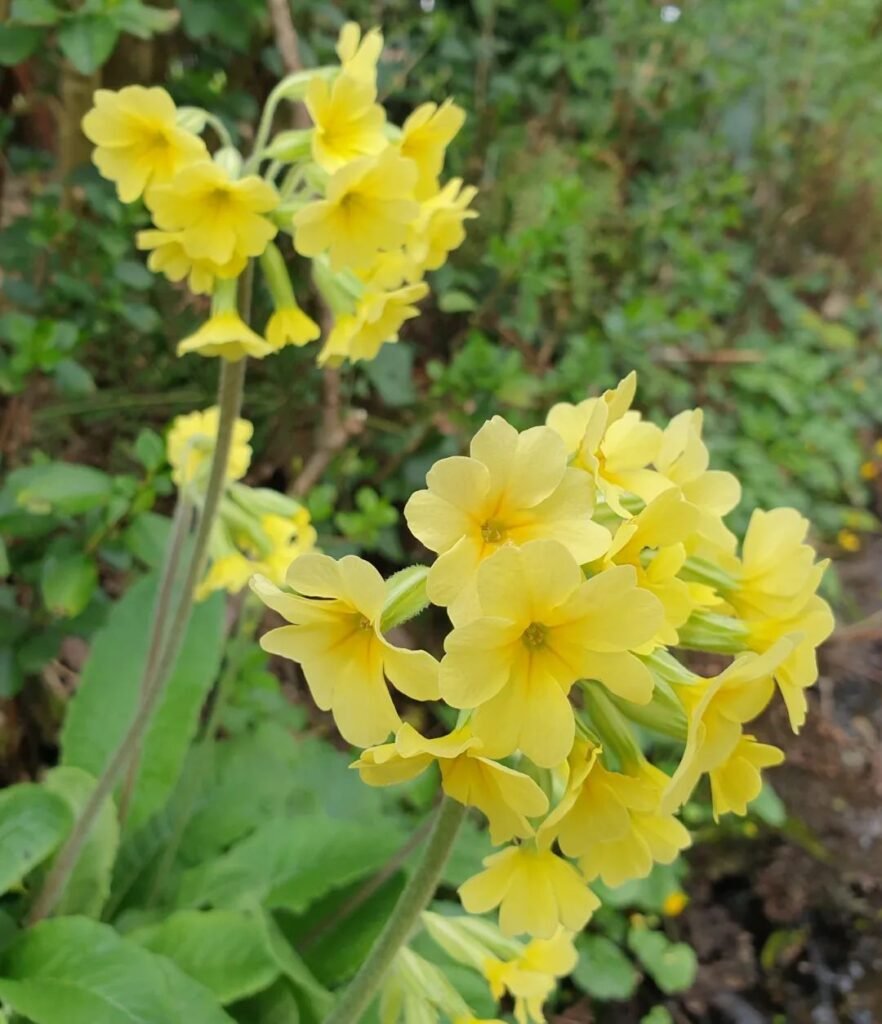
A Brief History of the Oxlip
The oxlip, scientifically known as Primula elatior, has been a part of European folklore and gardening traditions for centuries. Its name is derived from the Old English word “oxanslyppe,” which refers to the plant’s resemblance to an ox’s lip. This unique name highlights the distinctive shape of the oxlip’s flowers, which feature a tubular base and flattened petals at the top.
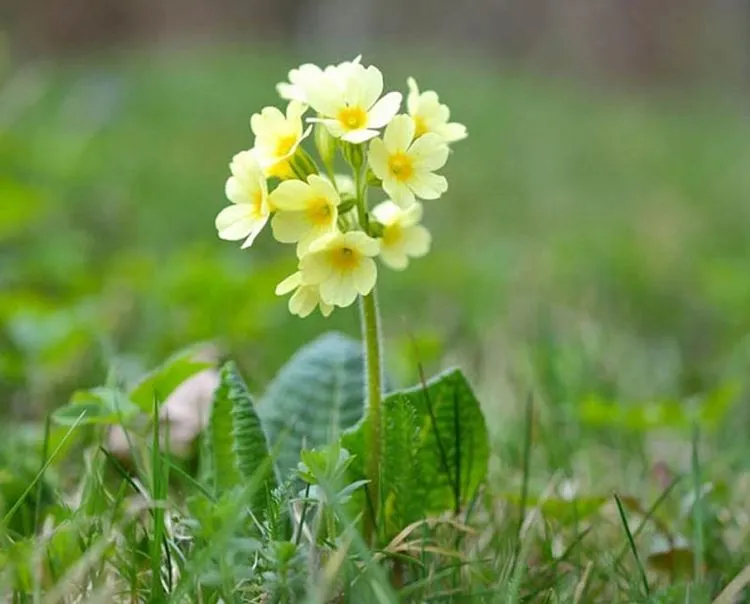
Historically, the oxlip was believed to have originated as a natural hybrid between the cowslip (Primula veris) and the primrose (Primula vulgaris). However, recent genetic studies suggest that it may be a distinct species in its own right. Regardless of its origins, the oxlip has been cultivated and cherished in gardens across Europe for generations.
Symbolic Meanings and Cultural Significance
Like many flowers, the oxlip has been imbued with symbolic meanings throughout history. In Tudor England, the oxlip was associated with faithfulness and enduring love. It was often included in bridal bouquets and garlands, symbolizing the couple’s commitment to one another.
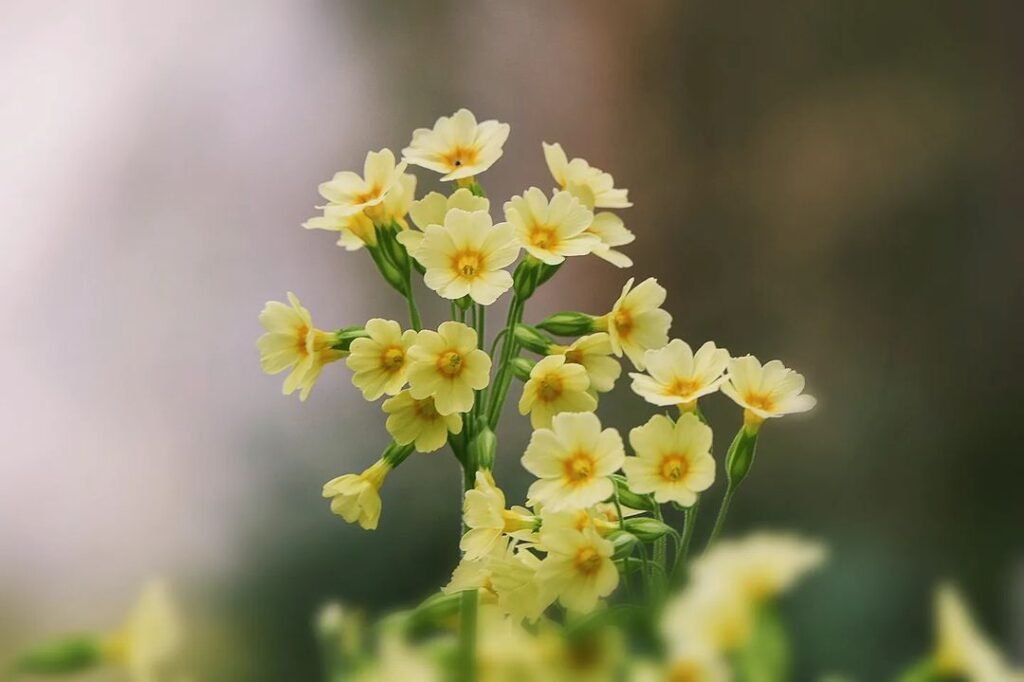
In the language of flowers, the oxlip represents maternal love and tenderness. This symbolic meaning may stem from the plant’s nurturing appearance and its ability to thrive in shaded woodlands, where it provides a gentle touch of color to the forest floor.
The oxlip has also been celebrated in literature and art. William Shakespeare’s famous play “A Midsummer Night’s Dream” features the oxlip, along with other wildflowers, as part of the enchanted forest setting. Countless paintings and botanical illustrations have captured the delicate beauty of this primrose, cementing its place in cultural heritage.
Cultivation and Growing Requirements
If you’re interested in adding the oxlip to your garden, it’s important to understand its growing requirements. These plants thrive in partial shade to full sun, preferring well-draining, moisture-retentive soil with ample organic matter. They are well-suited for woodland gardens, rock gardens, and naturalized plantings.
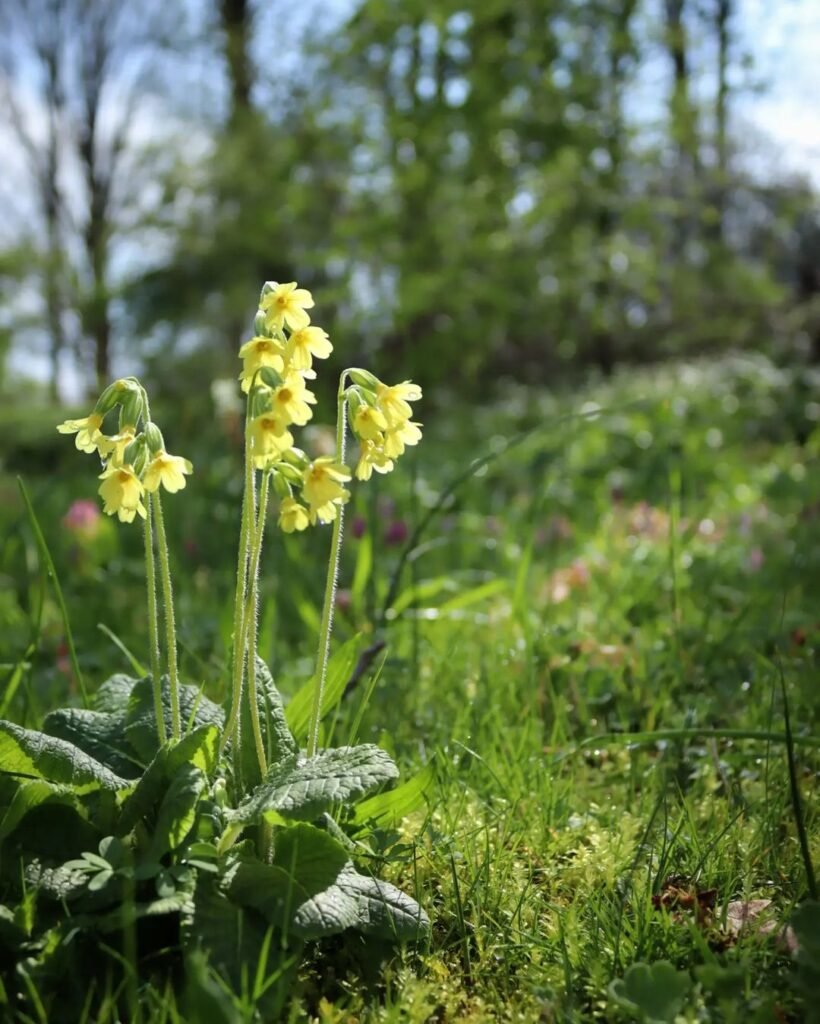
When planting oxlips, it’s best to do so in early spring or fall. Divide established clumps every few years to rejuvenate them and encourage more blooms. While oxlips can self-seed, it’s generally recommended to start with purchased plants or divisions from a reputable source to ensure you’re getting the desired variety.
For successful cultivation, provide oxlips with consistent moisture during their growing season and apply a balanced fertilizer in early spring. Mulching around the plants can help retain moisture and suppress weeds.
If you’re interested in learning more about growing techniques, the Missouri Botanical Garden provides an excellent guide on primrose cultivation.
Oxlip Varieties to Explore
While the common oxlip (Primula elatior) is a delightful addition to any garden, there are several captivating varieties to consider:
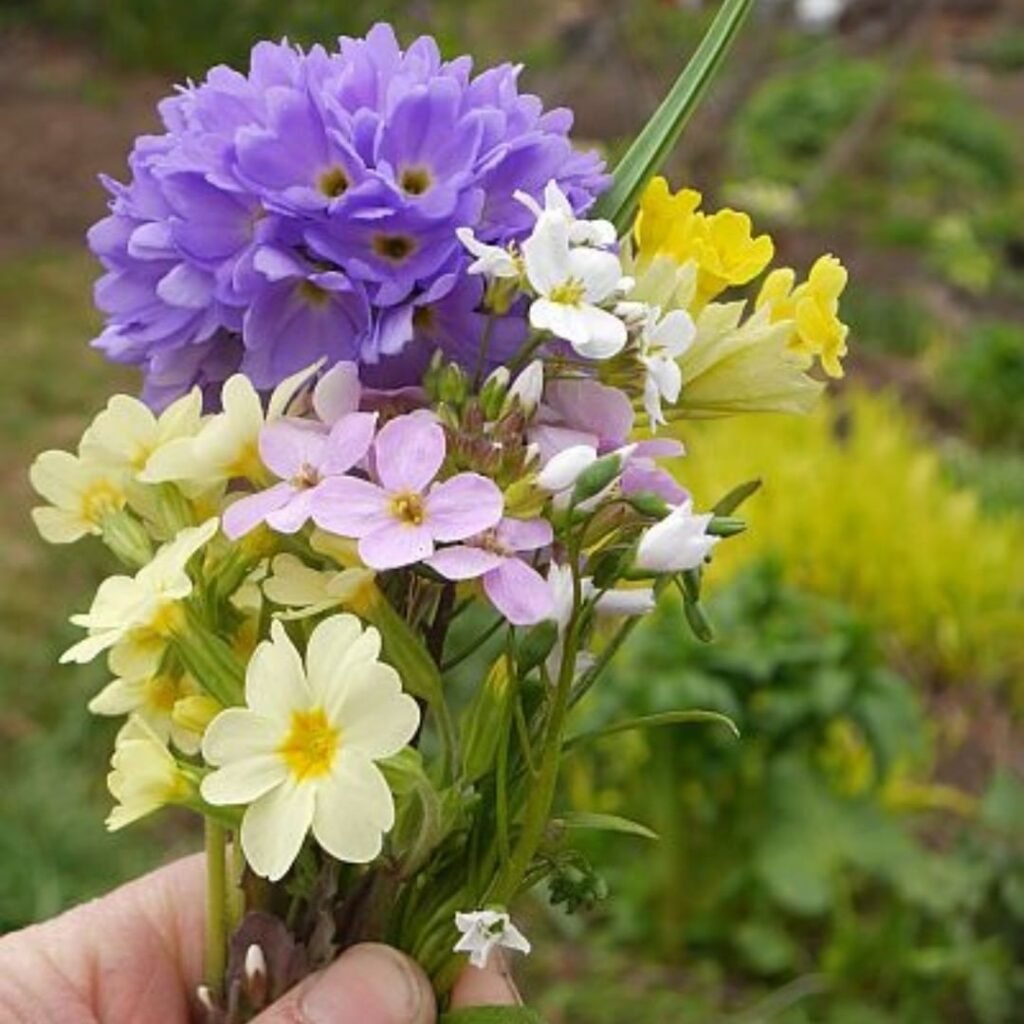
- Primula elatior ‘Oxide’: This variety features striking oxblood-red flowers with yellow centers, creating a stunning contrast against the green foliage.
- Primula elatior ‘Jackobcress’: With its deep-red blooms and yellow eyes, this variety adds a vibrant pop of color to shaded areas.
- Primula elatior ‘Flore Pleno’: As the name suggests, this oxlip boasts double flowers in shades of yellow and cream, giving it a fullness reminiscent of small roses.
- Primula elatior ‘Quaker’s Bonnet’: This heirloom variety is prized for its unique, upward-facing blooms that resemble little bonnets.
- Primula elatior ‘Blackmore and Langdon’s Hybrids’: These hybrids offer a range of colors, from deep reds and purples to pale yellows and whites, allowing for a kaleidoscope of hues in your garden.
If you’re interested in exploring different oxlip varieties, the American Primrose Society provides valuable information and resources for enthusiasts.
Companion Planting and Combining with Other Spring Bloomers
One of the joys of growing oxlips is the opportunity to combine them with other spring-blooming plants for a stunning display. Here are some excellent companions to consider:
- Hellebores: With their nodding blooms and leathery foliage, hellebores create a lovely contrast with the delicate oxlips.
- Daffodils: The cheerful yellow blooms of daffodils complement the soft hues of oxlips, creating a harmonious spring palette.
- Bleeding Hearts: The intricate, heart-shaped flowers of bleeding hearts add a whimsical touch when planted alongside oxlips.
- Ferns: The lush, unfurling fronds of ferns provide a beautiful backdrop for the oxlip’s blooms, creating a lush, woodland-inspired scene.
- Lungworts: With their speckled foliage and clusters of pink, blue, or white flowers, lungworts make excellent companions for oxlips in shaded areas.
By combining oxlips with other spring bloomers, you can create a captivating and ever-changing display that celebrates the beauty of the season.
Embrace the Charm of the Oxlip
Whether you’re drawn to its historical significance, symbolic meanings, or simply its delicate beauty, the oxlip (Primula elatior) is a true treasure in the gardening world. With its resilience and adaptability, this charming primrose can thrive in a variety of settings, adding a touch of enchantment to any garden. Embrace the allure of the oxlip and let its blooms transport you to a world of whimsy and wonder.
Pingback: The 20 Best Hummingbird Flowers Gardeners Schoo
Pingback: How to Grow Calibrachoa (Superbells® and Million Bells®) -
Pingback: 14. Summer Flowers for Your Garden Gardeners Schoo
Pingback: Monkey Tail Cactus: A Fun, Easy-Care Succulent -
Pingback: Easy Guide to Growing Charming Hens and Chicks Succulents
Pingback: Stunning Succulent Gardens: A Beginner’s Guide -
Pingback: Beauty of Succulents with Pink Flowers: A Gardener’s Guide
Pingback: Succulents Care: 5 Steps for Healthy, Thriving Succulents
Pingback: The Top 10 Indoor Plants for a Vibrant and Healthy Home
Pingback: The Ultimate Guide to Growing Carnations: A Fragrant Delight for Your Garden
Pingback: Cranesbill (Hardy Geranium) Care: The Definitive Handbook -
Pingback: Carrot Goodness: A Step-by-Step Guide to Growing Own at Home
Pingback: Blue Apple Varieties: Facts and Growing Information
Pingback: How to Grow and Care for Turtlehead Plants Gardeners Schools
Pingback: How to Grow Peppermint: A Complete Guide for Home Gardeners
Pingback: How To Grow and Care For Honeysuckle – A Fragrant Guide
Pingback: Four O’Clock flowers: Care, Maintenance and Planting Tips
Pingback: Garden Gems: Trees That Start with ‘B’ - Gardener's School
Pingback: 15 British Garden Birds You Can Find in Your Garden - Gardener's School
Pingback: Planting Succulents: 8 Tips for a Vibrant Succulent Garden
Pingback: Peppers: The Ultimate Guide to Growing From Seed to Plate - Gardener's School
Pingback: Fruits That Start with M : A Complete List - USA Garden Web